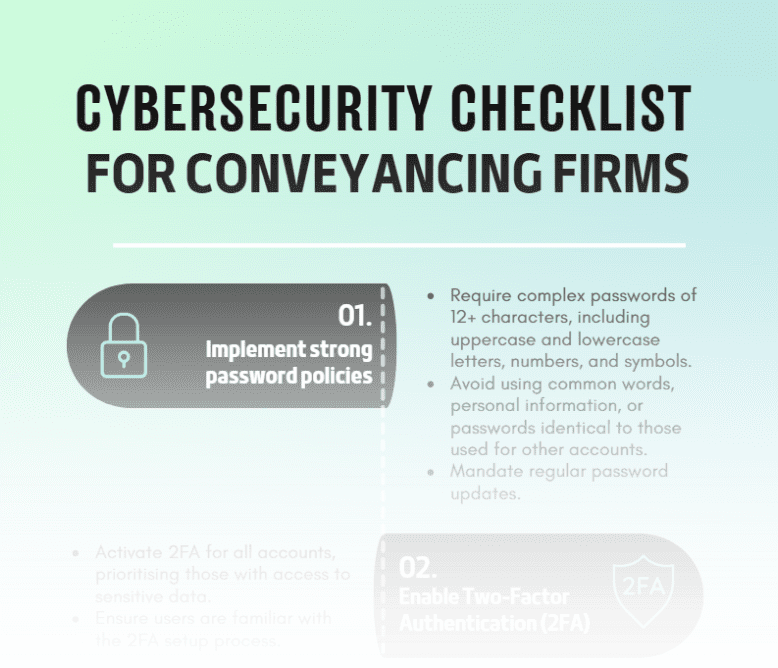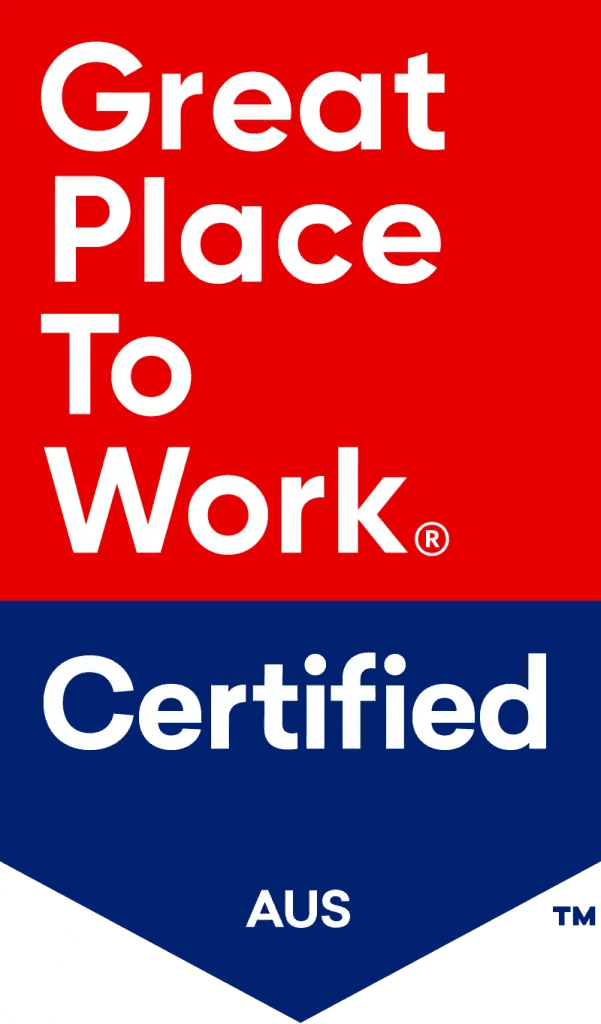Property investor Michael Yardney
While there’s an abundance of data tracking and forecasting of near-term home prices in Australia, reliable long-term price climb predictions are harder to come by. That’s where property investment expert Michael Yardney comes in.
Yardney, founder of buyer’s agent Metropole Property Strategists and a veteran property market expert, has mapped home price predications across Australia through to 2030.
He predicts the average annual growth rate for “well-located capital city properties” is about 7 per cent, which means Australia’s median dwelling price to be around $1.1 million in 2030.
In Melbourne, he tips prices to reach $1.5 million in 2030 for houses and $985,000 for units, while in Sydney his forecast is for $1.8 million for houses and $1.26 million for units. He tells Australian Conveyancer that over the long term the main driver buoying prices will be “continued strong population growth”.
“The Australian government has a business plan to grow our population to 40 million people by the middle of this decade, it’s wanting to replace the Baby Boomers who are retiring in the workforce,” Yardney explains.
“It’s a combination of millennials moving into family formation stage” and “more people coming from overseas,” he says, regarding the sources of future population growth.
“If we believe that Australia’s economy is going to remain strong and people are still going to have more knowledge-based work then the combination of the ability to pay – the wealth of the nation – plus more of us is going to drive up house prices.
“Between now and then, significant factors are things like interest rates, government incentives, lending capacity, and unemployment.”
While there is a sense that the past few decades have been particularly good for property, he says these factors are key for the future.
That’s especially the case on future migration levels related to overseas students. “These students are in many ways driving our universities and economy and paying a lot of money … Immigration will slow a bit but it’s not going to stop; it hasn’t for 200 years.”
On price differences within capital cities Yardney says “markets will be very fragmented”.
Price growth will be strong for investment-grade property and well-located townhouses on large blocks. These types of properties will be in strong demand by many first-home buyers otherwise priced out of the market, he says.
“Some areas will do better than others and some locations will outperform others. “More and more people are going to live in townhouses (but) if you come back in 10-years-time and look through Sydney you won’t recognise it.”
The buying power you need
With Australia’s median property value now standing at a record high of $848,706, house hunters need to earn more than ever before to get a foot on the property ladder.
According to latest data from finance comparison site Canstar, obtained by Australian Conveyancer, house hunters nationwide must now earn $166,215 to buy a typical home.
On a city-by-city basis, Sydney is where high earning capacity is most essential, with an annual gross household income of $238,399 needed to generate sufficient borrowing power to buy an average home in the city, valued at $1,217,308 without suffering mortgage stress.
Canberra, the nation’s capital was second on the list with a household income of $185,262 required to service loans for a median-priced home of $946,022. Melbourne households need to be earning $175,739 (gross) to secure their homes with a median of $897,222, according to Canstar.
This is followed by Brisbane, where a household must earn $150,370 for a purchase on a median-priced house valued at $767,781, and Perth where earnings of $114,998 are needed to secure a house at the median price of $587,274..
Sydney also leads the way on units, with earnings of $150,770 needed to purchase a median-priced unit of $769,773 and avoid mortgage stress. This was followed by Canberra with pre-tax household income of $116,839 needed for units at the median price of $596,564; and Melbourne where a house hunter needs earnings of $114,638 for a unit valued at the median price of $585,366.
The Canstar data is backed up by new research from housing advocacy group PowerHousing Australia.
The data, released in December, shows that housing affordability has deteriorated dramatically through 2023. It found that nationwide a borrower buying a median-priced home with a 20 per cent deposit must spend 45.5 per cent of their gross income on annual principal and interest mortgage repayments.
In Sydney, where households need to dedicate the largest portion of household income to purchase the median-priced dwelling, it found 56.7 per cent of earnings was needed.
“While the ratio of housing values to household incomes has improved a little from the earlier record highs, affordability from a mortgage servicing and rental perspective have worsened amid high interest rates and record-low vacancy rates,” said Tim Lawless, Asia–Pacific research director at property data firm CoreLogic, which put together the data.
Matt King, from Housing Power Australia says while he hopes overseas migration will moderate and take some pressure off house prices, it appeared there was no let-up in sight. “To put it into perspective, in 2022- 23, there were only 174,396 dwellings completed in Australia, which grates against the census household composition requiring at least 200,000 per year to cater for the net overseas migration,” King said.
The Reserve Bank of Australia declined to comment on whether it was concerned about increased earning pressures on Australians needed to get into the housing market, but referred Australian Conveyancer to recent comments from central bank governor Michelle Bullock citing rising house prices as a factor for hiking rates in November.
For news and insights from experts around the industry, download edition five of the Australian Conveyancer, today.






